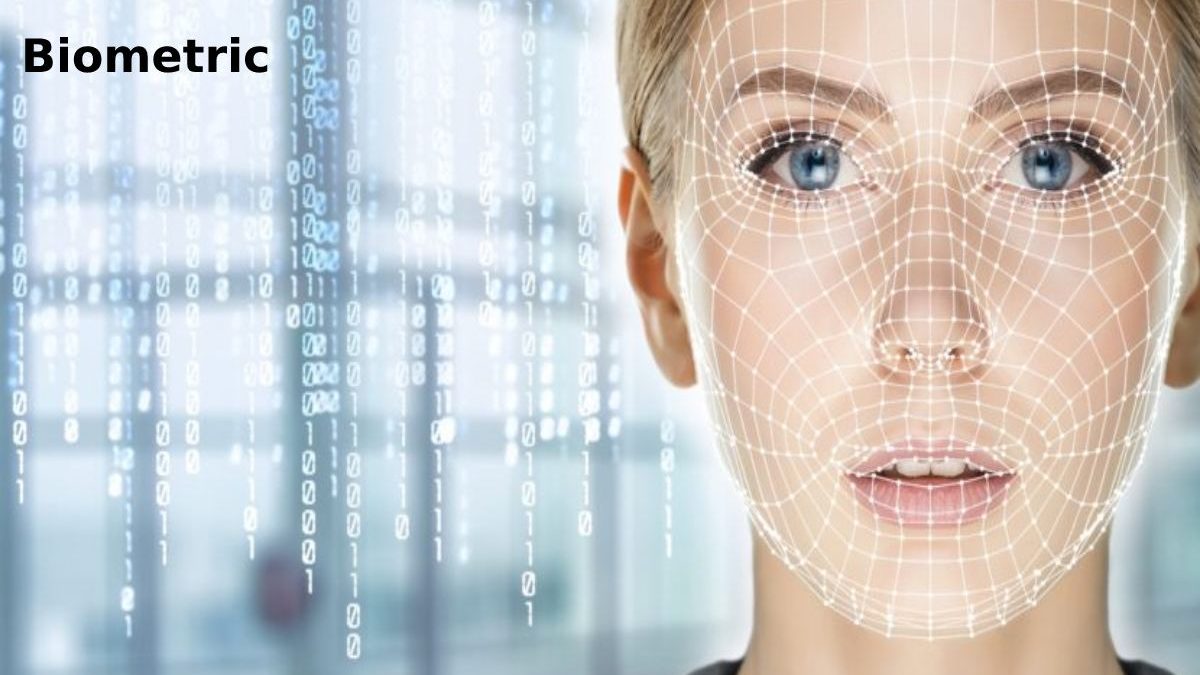Biometrics
Table of Contents
The future of biometrics is in your hand.
Methods such as fingerprint recognition, facial recognition systems, etc., along with specific software, help companies enhance their security. According to data from the multinational IDC, this year’s investment in biometric technology expects to increase 25%, to $5.4 billion.
At The Service Of Security Biometrics.
based on recognizing the physical characteristics of certain parts of people’s bodies, such as fingerprint, face, etc., has revolutionized the security sector to the point where new companies need to introduce it as a critical system for individuals and their assets.
Specifically, biometric systems based on fingerprint reading form specific fingerprint patterns, also known as minutiae, which are points where fingerprint edges end or split. This technology allows management tasks such as access control for company employees, time control, proper compliance with the law in overtime management, etc.
We all agree that gadgets like keys or credit cards will eventually disappear from our day to day, replacing fingerprint, facial recognition, or iris reading. In this way, we say goodbye to the classic “username” and “password.” According to a study by Mastercard and Oxford University, 93% of consumers believe they will end up using biometrics in contactless payments, a method they consider safe in 77% of cases when talking about technology. Facial recognition, and in 93% when fingerprints recognize it.
The main advantages of biometrics
Biometrics allows you to associate with a single individual, unlike users and passwords or contactless cards. In this way, it is beneficial for human resource control because it is impossible to impersonate a person.
The convenience of not having to remember specific data or have the keys or the card to access a building.
Its security is highly fraud-resistant.
Implementing biometrics in businesses can reduce maintenance costs in authentication systems, increase time-control efficiency, or simplify remote procedures.
Protecting and comparing the characteristics has revolutionized security since the late 19th century and has made a difference in the real world. Still, it has also been a turning point in the creation that allows for more reliable, secure interaction in the digital world.
The use of fingerprints to digitally authenticate a person’s identity has also developed continuously. Although it initially became popular regarding secure access to company facilities and dependencies. It is now crucial to do simple actions such as unlocking a cell phone. Complex as confirming bank transactions, signing service or employment contracts, and reaching borders.
But biometric recognition through a fingerprint is only the first step. And today the industry is working on new options where its champions will be in your hands:
Vein Biometry
The palmar vein technique is relatively new, but it expects to have vast potential since. It does not require physical contact. One of the great slogans left behind by the COVID-19 pandemic. The pattern of the veins can be bespeak by scanning palm infrared light. Which is grips by deoxygenated hemoglobin which travels back to the lungs through the veins.
This complex venous structure is unique to every human, even among identical twins. And remains the same throughout life, making it an accurate long-term biological measurement. Another advantage is that, inside the body. The biometric code is hardly visible to the outside world without the person knowing it. And very advanced technology is required to capture it.
In addition, the device requires blood flow for the scan to work, making it nearly impossible to replace it with a replica.
The Palm
A form of fingerprint authentication is palm reading, which identifies the distinct lines of that part of the body. And creates a pattern that will be protected and used when authentication is required.
Although the technology has been in the works for several years, it gained particular importance. When e-commerce company Amazon recently a payment method .That links a credit card or account of the same company with palm-of-the-hand biometrics, so approval was decid once authenticated. Of the user in this way.
This technology could be supplemented in the future with vein reading, making it one of the safest technologies on the market.


